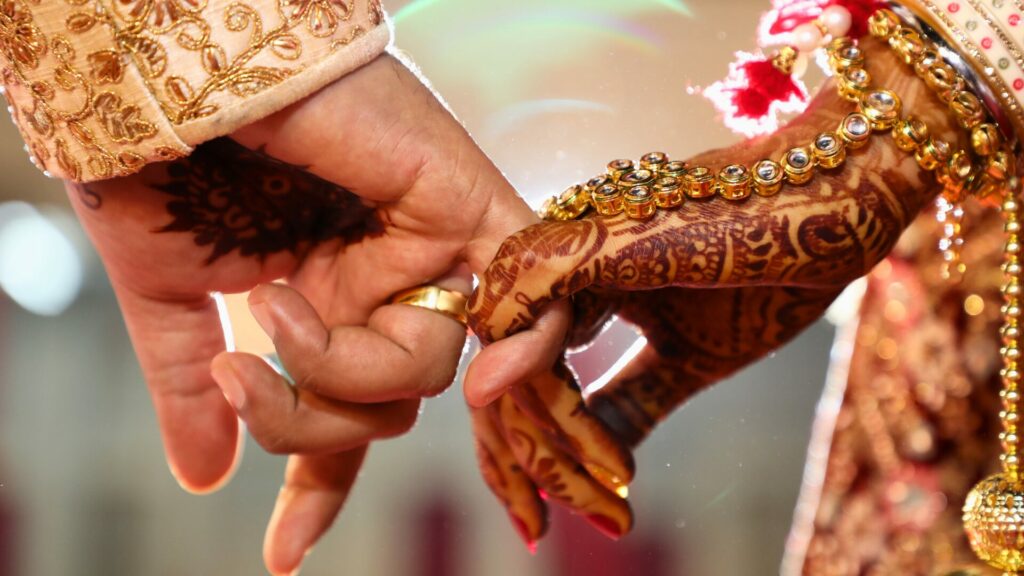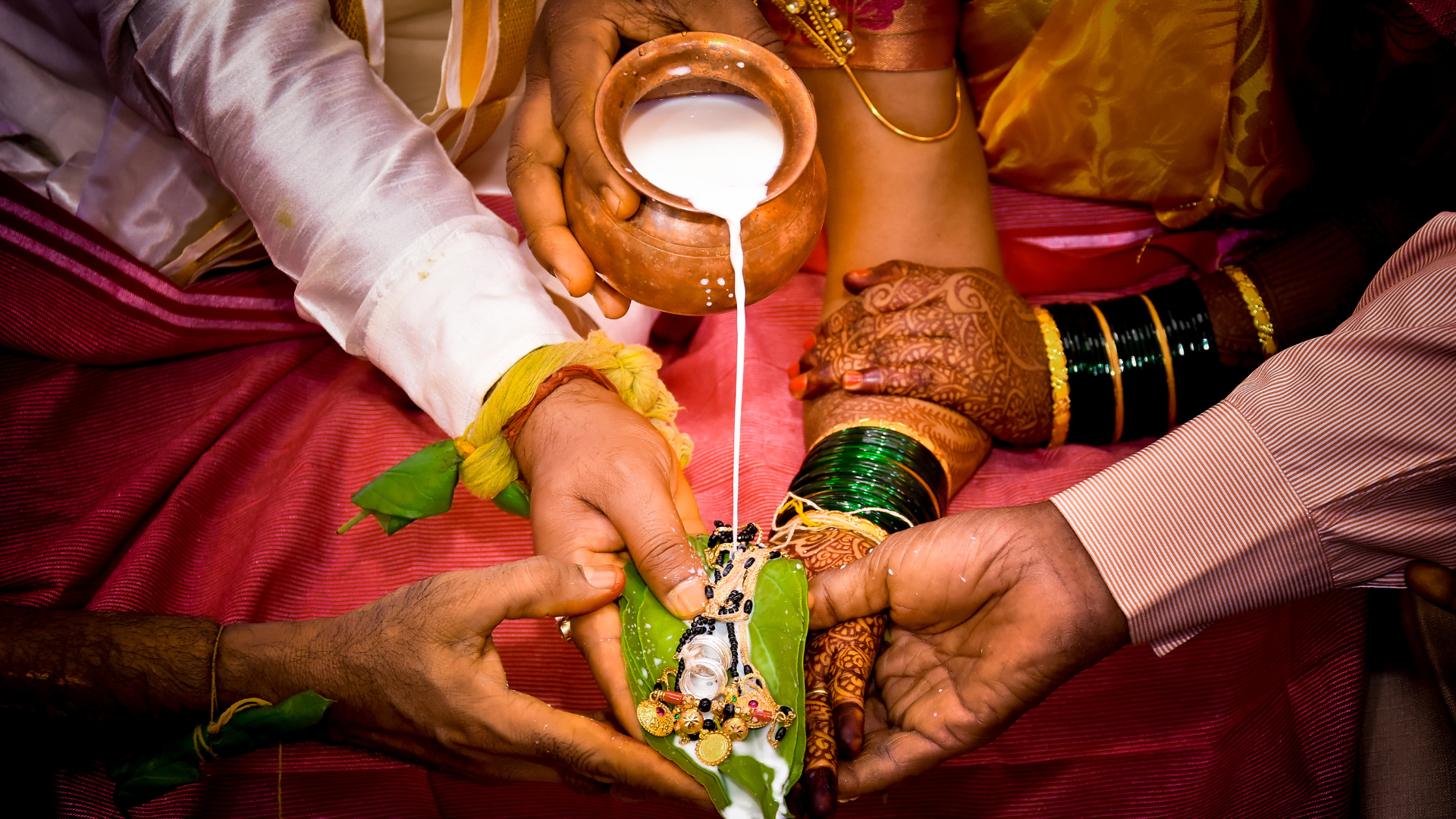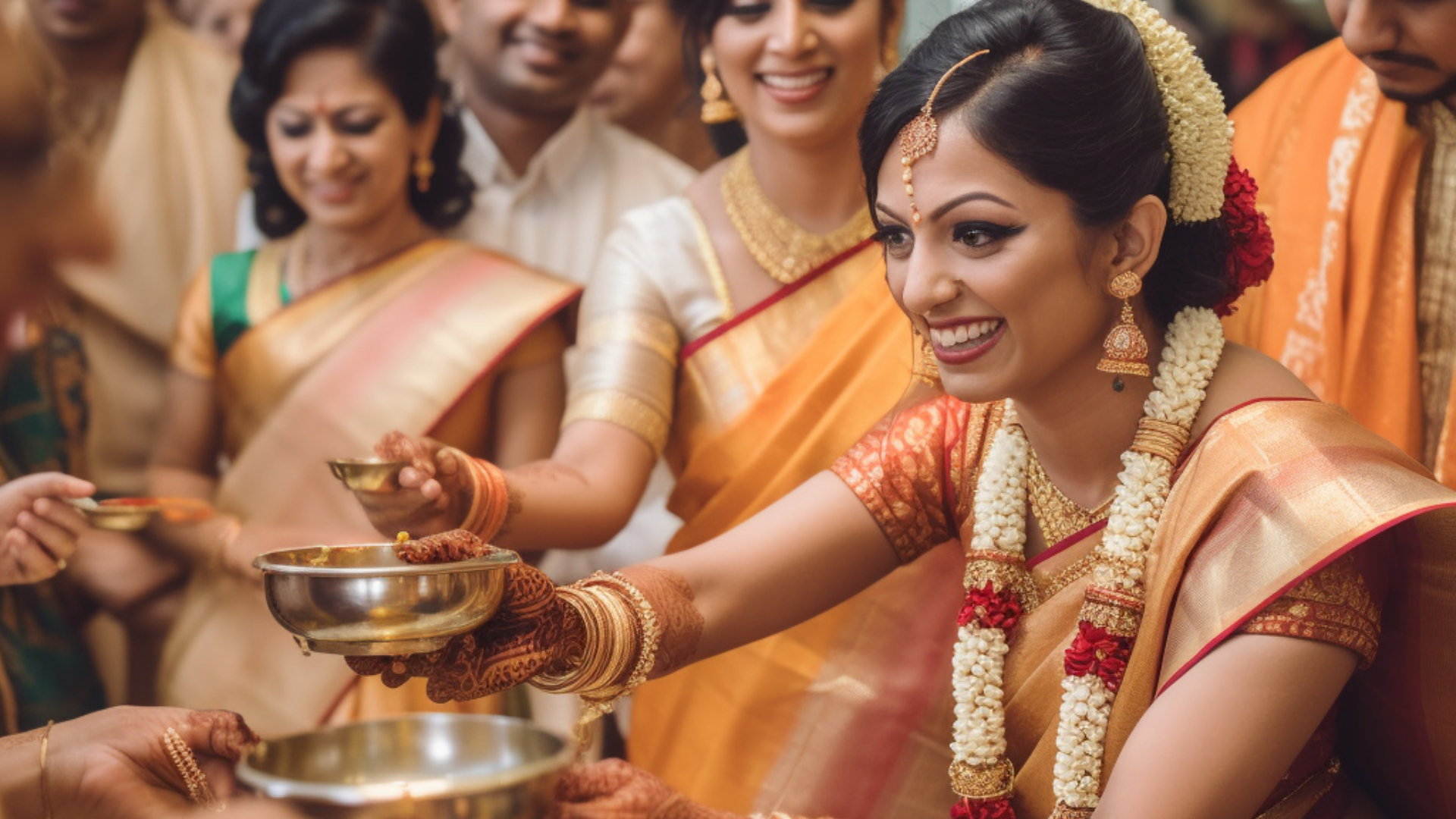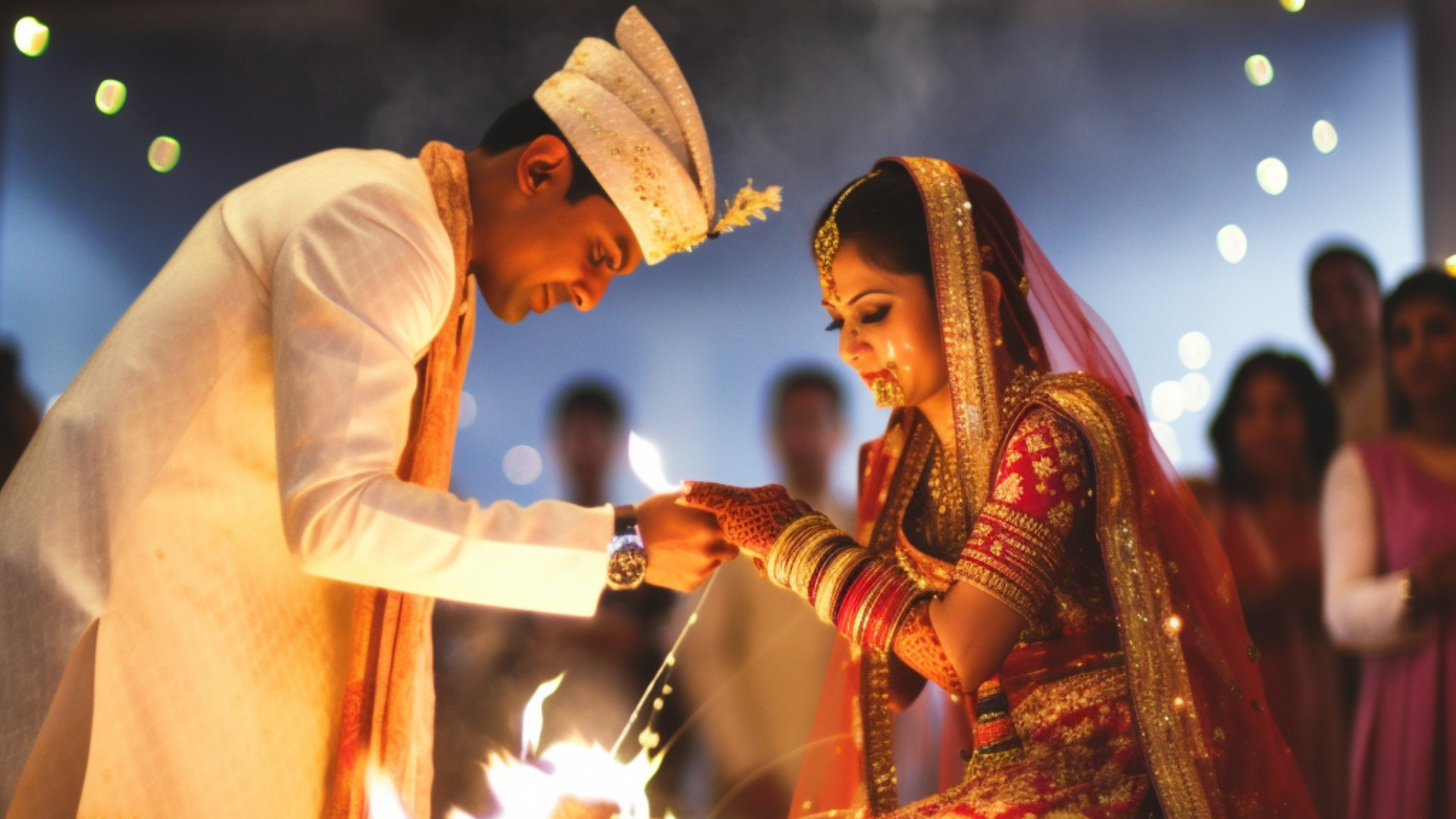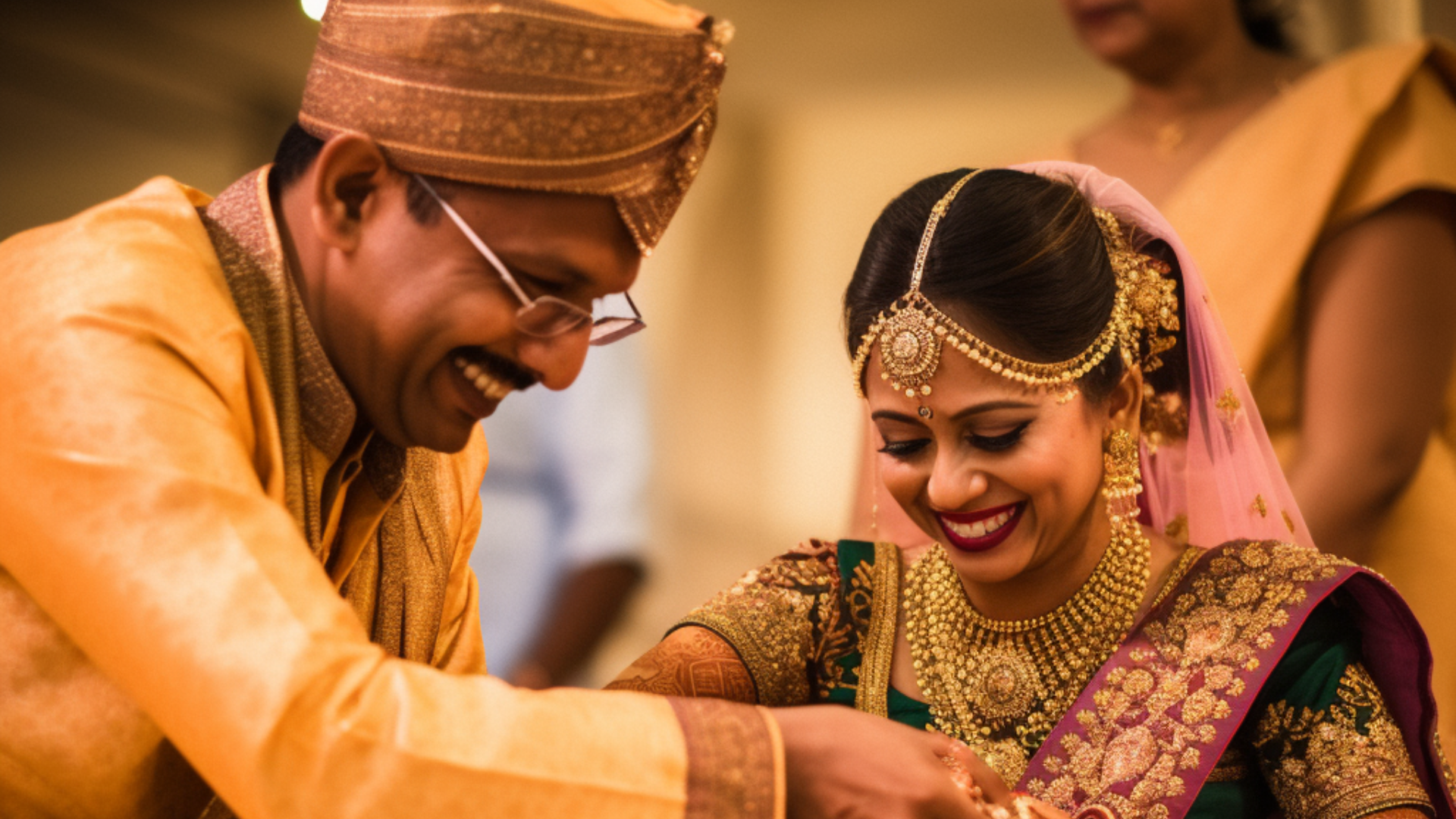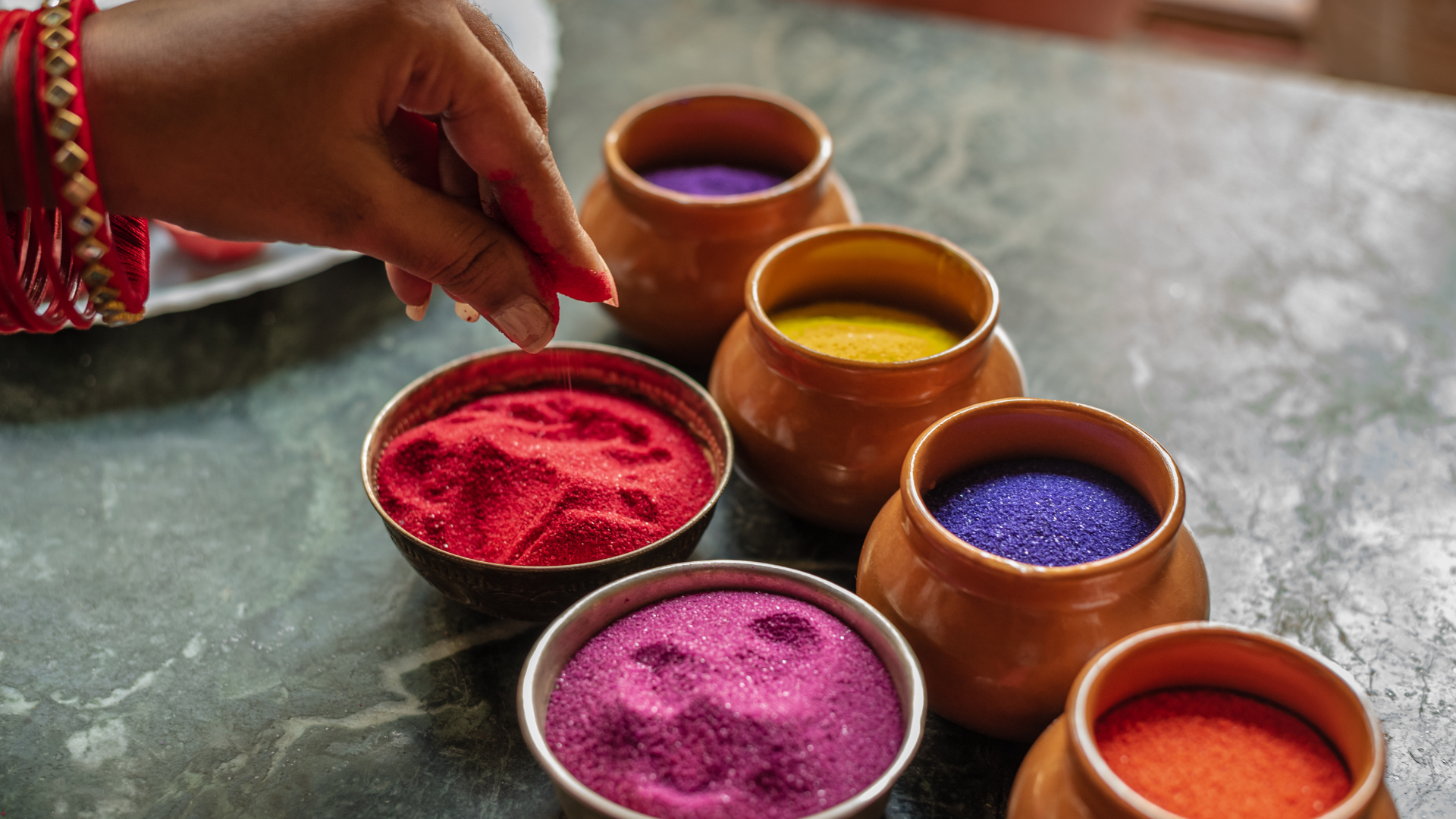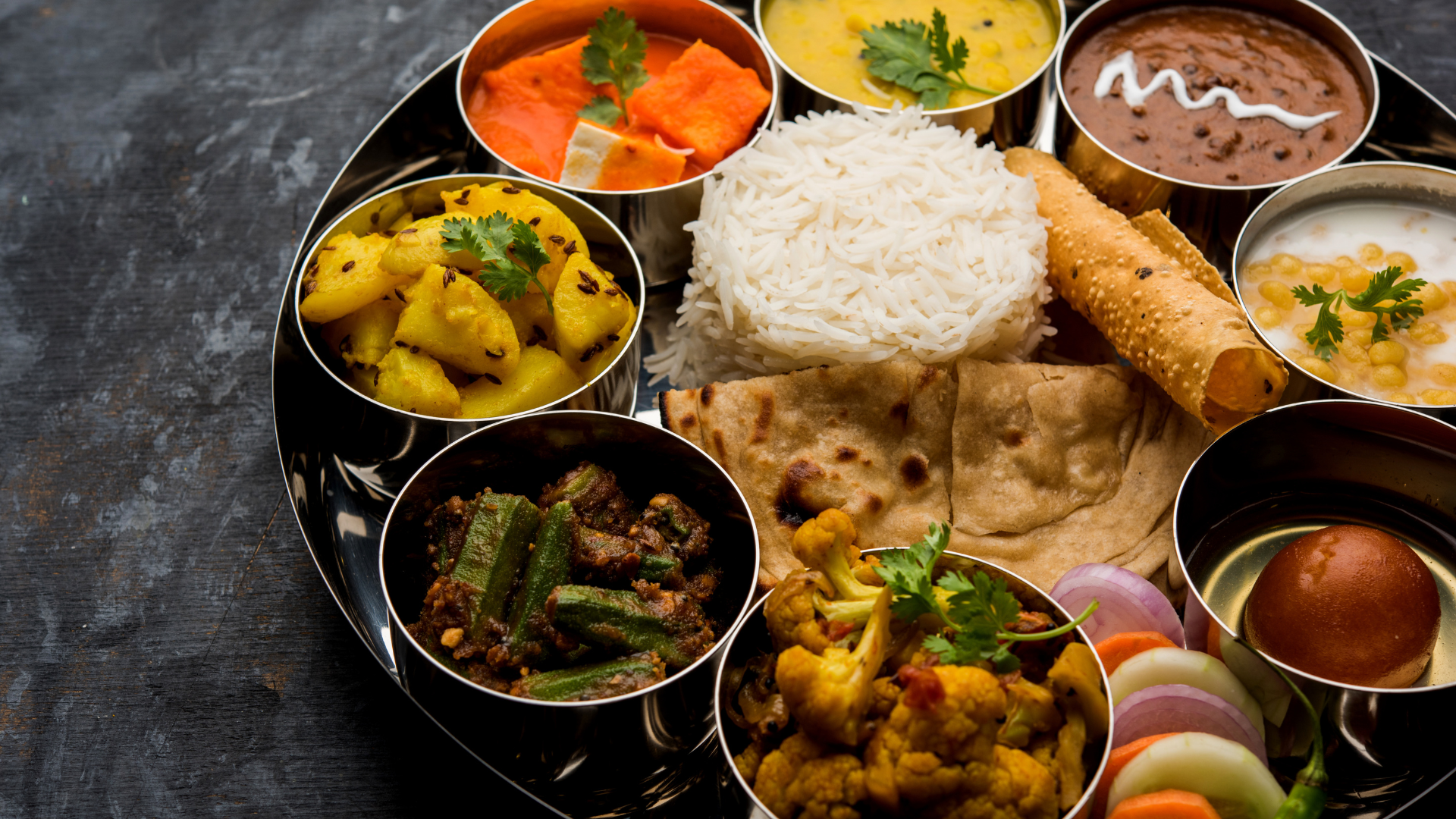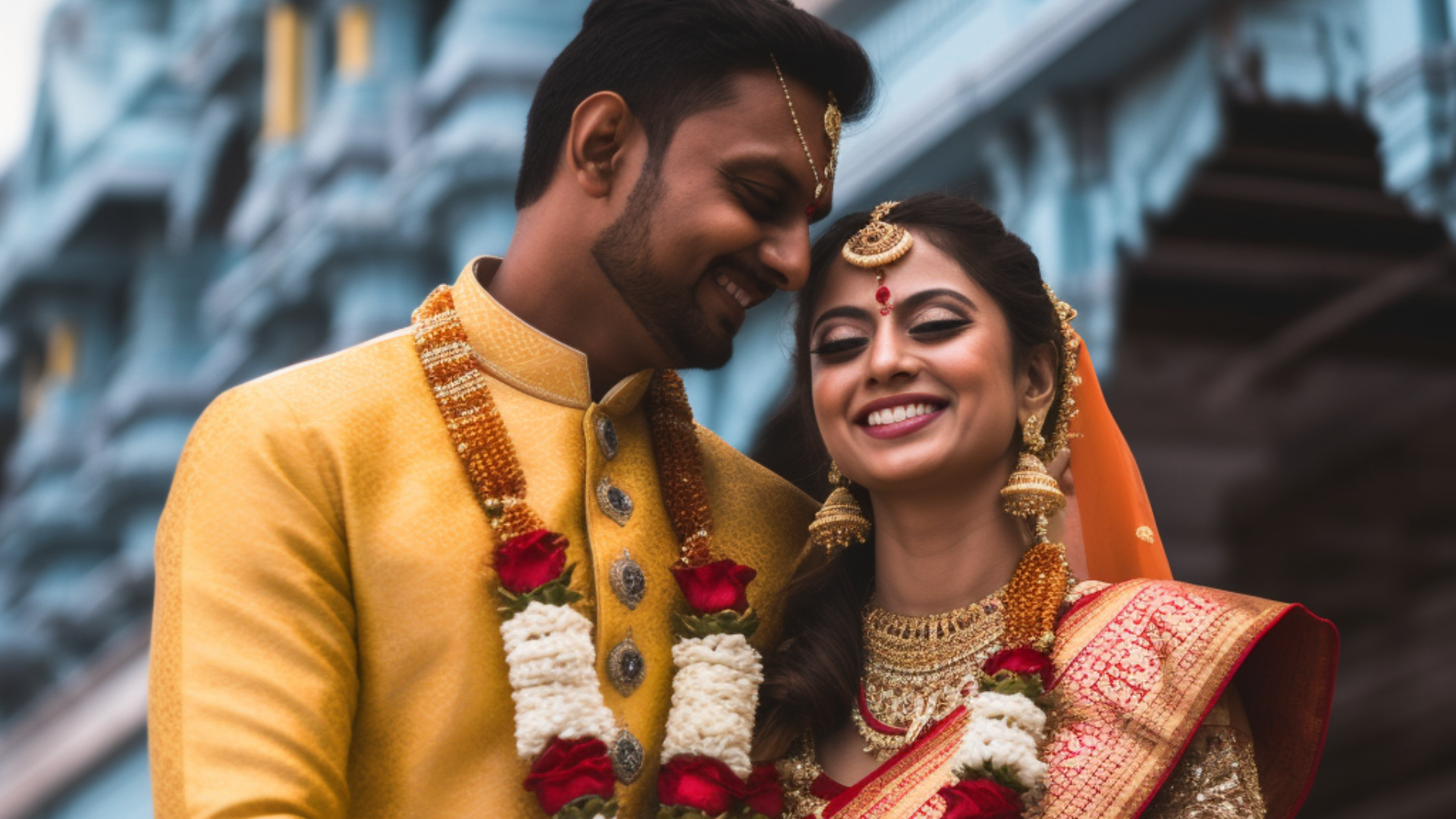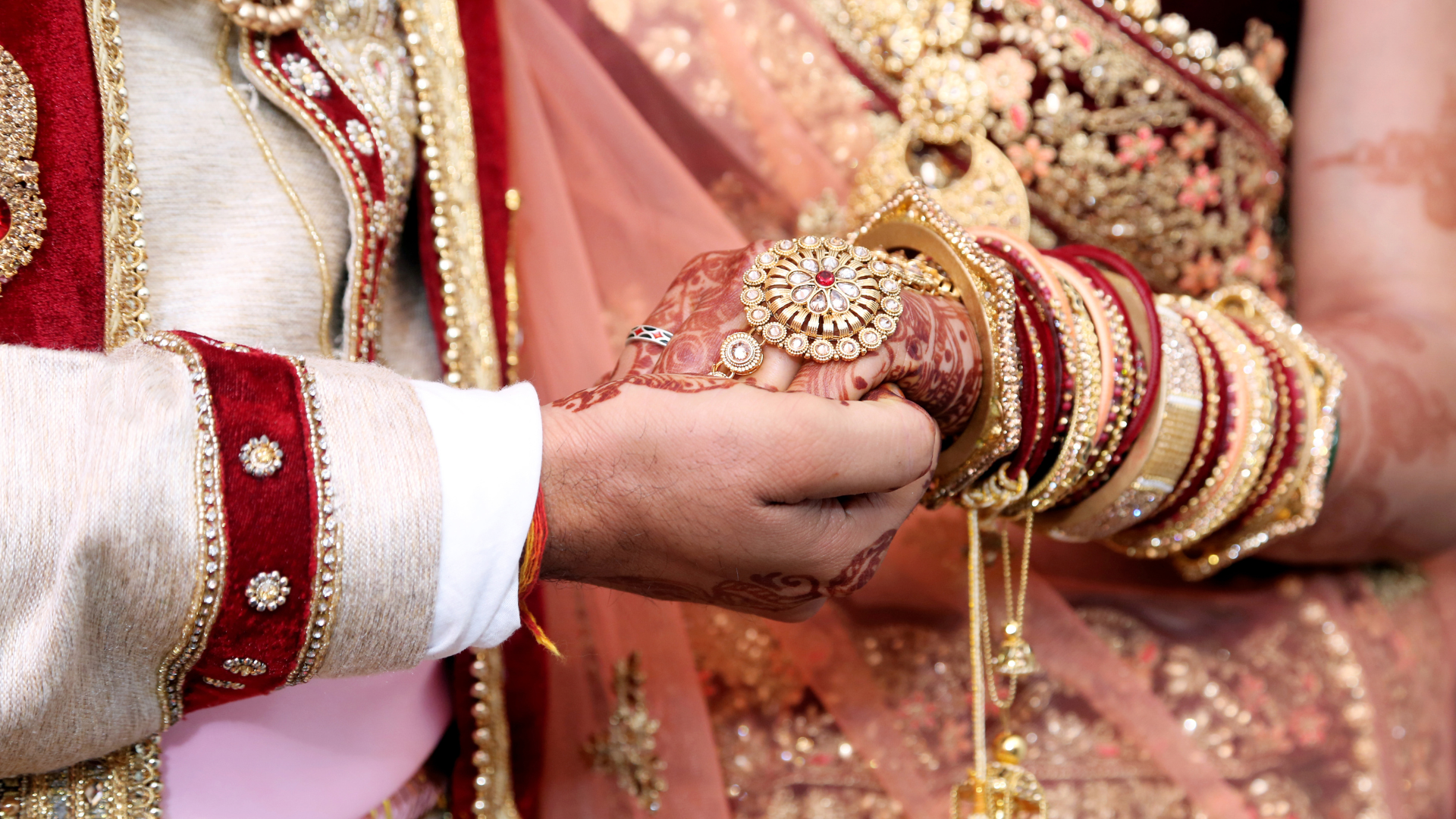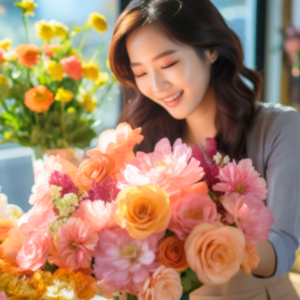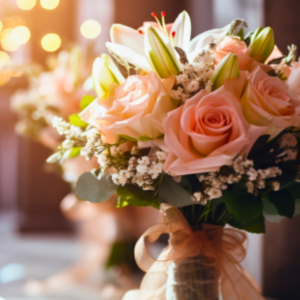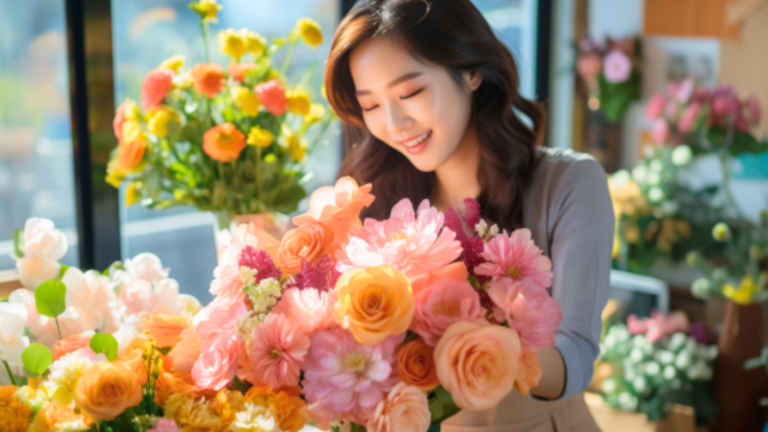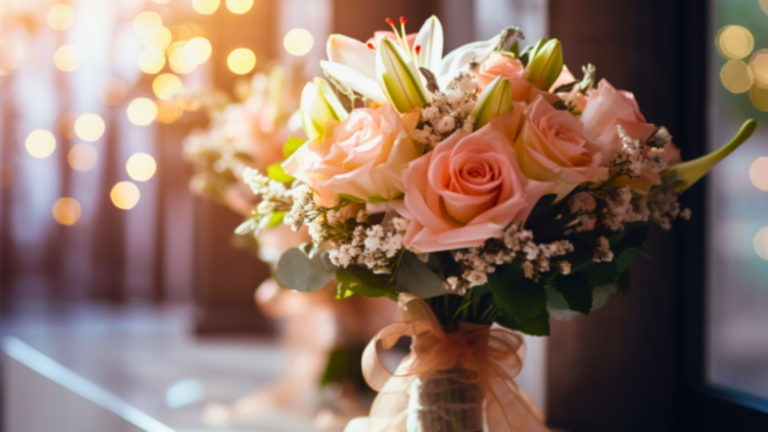Indian weddings, like all weddings, celebrate the beautiful union of love and commitment. Indian cultural heritage and diverse traditions make their weddings a remarkable sight. From elaborate ceremonies to colourful attire and delicious cuisine, Indian weddings engage all the senses. Exploring Indian cultural customs reveals what makes Indian weddings unique.
Indian weddings are renowned for their grandeur, generosity, and spiritual significance. They represent the joining of two people and the merging of two families. Indian weddings encompass various rituals and ceremonies over one day and a week-long celebration. The wedding ceremony symbolizes the bride and groom exchanging vows and the families coming together to form a lifetime bond.
The Significance of Indian Wedding Traditions
Indian wedding traditions are firmly established within the country’s extensive cultural heritage and religious beliefs. Indian wedding rituals honour one’s forebears and pursue blessings for a blissful and fruitful marital life. Each ritual and ceremony carries distinct significance and meaning. Everything serves a purpose and is saturated in symbolism, from the pre-nuptial rituals to the post-wedding ceremonies.
Hindu Wedding Ceremonies and Rituals
Hindu wedding ceremonies are renowned for their elaborate and colourful nature. Considered one of the most sacred rituals, the ceremony is performed before a holy fire that witnesses the union between bride and groom. Comprised of several rites, the wedding includes the Kanyadaan, which the bride’s father symbolically gives her to the groom. Another key component is the Saat Phere, wherein the couple walks around the fire seven times while reciting vows of commitment. Once complete, the Sindoor and Mangalsutra ceremony concludes the event. The groom applies vermillion to the bride’s forehead and ties a sacred thread around her neck, solidifying their marriage before God.
Pre-wedding Ceremonies and Rituals
Indian weddings entail more than just the primary ceremony, as various pre-nuptial events also occur leading up to the main day. These rituals prepare the bride and groom for their wedding day while seeking divine blessings for a joyous and prosperous marital life. Some common pre-wedding traditions include the Haldi ceremony, in which turmeric paste is applied to the skin of the bride and groom, as well as the Mehendi ceremony, where intricate designs are drawn on the bride’s hands and feet using henna dye.
6 Pre-Marriage Rituals: An Inside Look at Indian Wedding Tradition
The Wedding Day – Customs and Traditions
The wedding day marks the culmination of wedding week festivities and is steeped in customs. The bride and groom adorn their finest attire, exchanging vows before gathering loved ones. Traditional hijinks abound on the wedding day, such as the bride’s family attempting to steal the groom’s shoes while his family aims to steal her jewellery. Following the ceremony, all partake in a grand feast. Guests are treated to delectable selections of Indian cuisine as the wedding day celebrations conclude.
Post-wedding Rituals and Ceremonies
Indian weddings encompass more than just the core ceremony, extending to various post-nuptial rituals and events. These additional traditions continue the festivities and wish the newly married couple a joyous and successful union. Common post-wedding customs include the Vidaai ceremony, where the bride bids her family farewell as she departs for her new residence, and the Griha Pravesh ceremony, marking the bride’s first entry into her new home. Both ceremonies symbolize transitions in her new stage of life while invoking blessings for marital bliss and prosperity.
The Importance of Colors in Indian Weddings
Colors hold important symbolism within Indian wedding traditions. Specific meanings are attributed to individual hues. Red represents love and passion, seen as fitting for the bride. Yellow stands for happiness and prosperity. It is common for the bride to don an ensemble of red or maroon for her lehenga. The groom often opts for a sherwani in gold and white shades. Event spaces are decorated vividly to enhance the festive environment through bright colours aligned with cultural significance.
Indian Wedding Attire - Customs and Significance
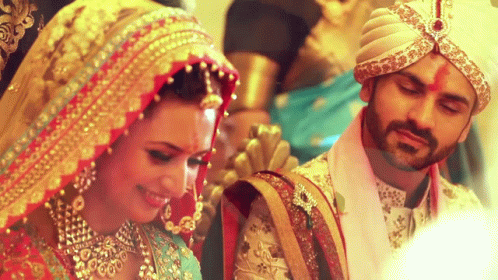
Indian wedding attire is renowned for its vibrant and intricate designs. The bride commonly wears a lehenga, which consists of a long skirt, a coordinating blouse, and a dupatta. The groom is typically dressed in a sherwani, a long coat-like garment, and form-fitting pants. The attire is generally crafted from silk or other opulent fabrics and decorated with intricate embroidery and adornments. Indian wedding attire showcases the nation’s rich cultural heritage and craftsmanship.
Indian Wedding Food and Cuisine
Indian wedding celebrations are renowned for their delectable culinary offerings. Meals are commonly served buffet-style, allowing guests to select their preferred choices from various options. Customarily included in the wedding feast are dishes such as biryani, butter chicken, dal makhani, and naan. Indian weddings also feature sweet delicacies, such as gulab jamun and rasgulla, as part of the festivities.
Traditional Indian Wedding Food Menu Ideas for the Perfect Hindu Celebration
Understanding the Diverse Cultures and Traditions in Indian Weddings
India exhibits considerable cultural diversity across its regions. Each area maintains distinctive traditions that are expressed through local wedding customs. For instance, a typical Malay wedding diverges from a conventional North Indian marriage ceremony. Gaining comprehensive awareness of the varied cultural and traditional practices encompassing Indian nuptials is fundamental to fully appreciating and experiencing the joy of the celebratory events.
Tips for Attending an Indian Wedding Ceremony
For those attending an Indian wedding ceremony, there are several cultural norms and practices to be aware of to respect the traditions of the event fully. Proper attire is expected, often including formal or business professional dress. Guests will be asked to remove their shoes before entering certain wedding venue areas. Taking time to learn about customary wedding rituals and understanding the religious significance of certain ceremonies can help non-Indian guests fully appreciate the cultural experience. A respectful and attentive presence throughout the festivities will ensure one can enjoy the celebrations in a manner that respects Indian wedding traditions.
Conclusion
Indian weddings celebrate love, commitment, and family through elaborate cultural ceremonies and diverse traditions. They offer a vibrant display of the country’s rich heritage through all the senses. Colourful customs and traditions are on display, from intricate wedding rituals to delectable cuisine. Fully appreciating and enjoying the celebrations involves understanding these various customs. For those planning their wedding, incorporating traditional Indian wedding themes or utilizing a wedding planning professional could impress friends and family with the depth of the cultural experience.
The dedicated wedding professionals at 50Gram Wedding are equipped to relieve the stress of Indian wedding planning. Their team of experts handles logistics so clients can focus on cherishing moments and creating lasting memories on their special day. Leveraging experience, networks and personalized service, 50Gram Wedding transforms wedding visions into breathtaking realities for clients. Trusting in their proven approach allows couples to relax and fully experience their culturally rich celebration.
FAQ
Some popular pre-wedding ceremonies in Indian weddings include the Haldi ceremony, where turmeric paste is applied to the bride and groom’s body, and the Mehendi ceremony, where intricate designs are drawn on the bride’s hands and feet using henna.
The main rituals in a Hindu wedding ceremony include the Kanyadaan, where the bride’s father gives her away to the groom, the Saat Phere, where the couple takes seven vows around the sacred fire; and the Sindoor and Mangalsutra ceremony, where the groom applies vermillion on the bride’s forehead and ties a sacred thread around her neck.
Some post-wedding rituals and ceremonies in Indian weddings include the Vidaai ceremony, where the bride bids farewell to her family and sets off to her new home, and the Griha Pravesh ceremony, where the bride enters her new home for the first time.
Colors play a significant role in Indian weddings. Red is the colour of love and passion, while yellow symbolizes happiness and prosperity. The bride typically wears a red or maroon-coloured lehenga, and the groom wears a sherwani in shades of gold and white. The wedding venue is also decorated in bright colours, adding to the festive atmosphere.
When attending an Indian wedding ceremony, it is advisable to dress appropriately, be prepared to remove your shoes, familiarize yourself with customs and traditions, be respectful of religious sentiments, and most importantly, enjoy the festivities.

